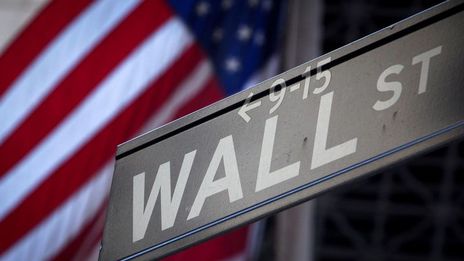The Philippines has been one of the most dynamic economies in the East Asia Pacific region with a steady increase in average annual economic growth from 4.5% in 2000 to 6.4% in 2019. With increasing urbanization, a growing middle class, and a large and young population, the Philippines' economic dynamism is rooted in strong consumer demand supported by a vibrant labor market. While the COVID-19 pandemic severely impacted economic growth in the Philippines, like elsewhere around the globe, the economy has started to recover with a 3.7% year-on-year expansion in the first half of 2021. With continued recovery and reform efforts, the country is getting back on track. Trade can play a key role in these recovery efforts.
Trade in the Philippines, however, is often restricted by non-tariff measures as well as high trade costs and regulatory burdens. Although the Customs Modernization and Tariff Act was enacted in 2016 to modernize customs rules and procedures to expedite trade and improve the delivery of customs operations, there is more work that can be done to enhance the trade environment, particularly across the other trade-related government agencies, to ensure that the benefits of trade facilitation are equally afforded to men and women.
To identify the specific challenges that men and women face in cross-border trade and determine where further reforms can be made, the World Bank Group completed the Trade and Gender Study in the Philippines. Over 2,000 traders and customs brokers were interviewed.
Attachments
- Original Link
- Original Document
- Permalink
Disclaimer
World Bank Group published this content on 11 January 2022 and is solely responsible for the information contained therein. Distributed by Public, unedited and unaltered, on 11 January 2022 21:47:04 UTC.





















